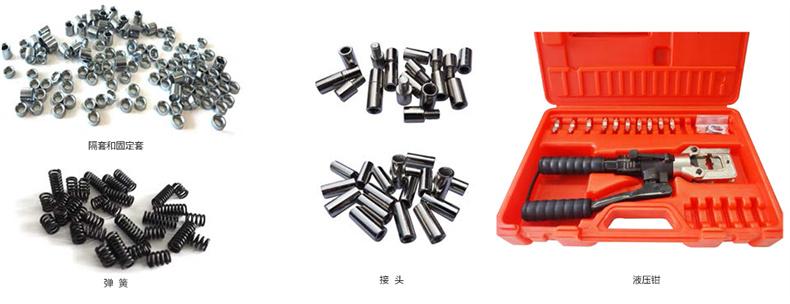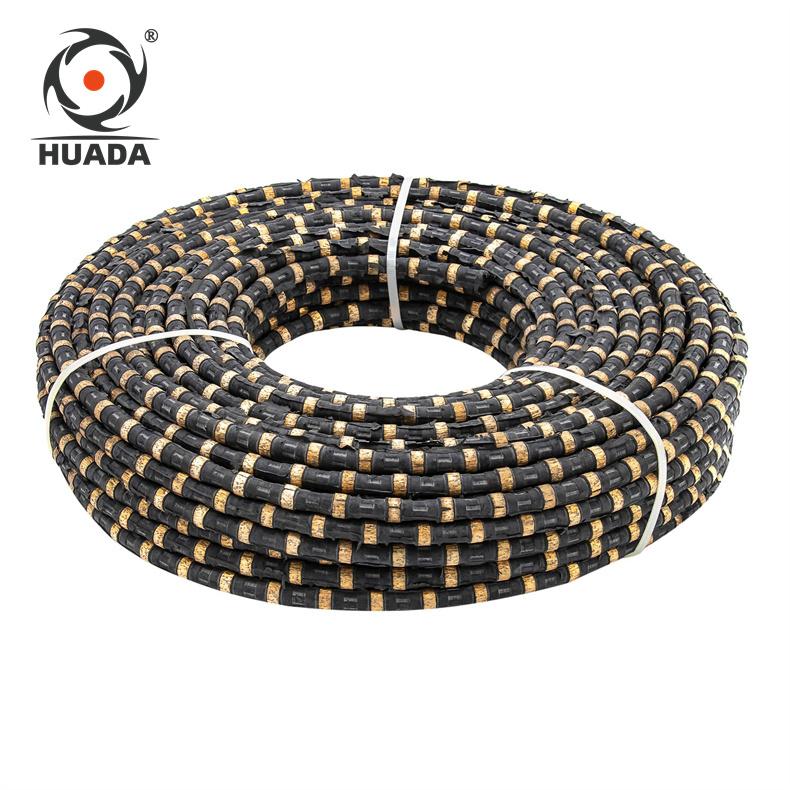Author:Huada Quarrying Machine FROM:Stone quarry machine manufacturer TIME:2024-11-14
Cutting stone materials has long been an essential process in construction, sculpture, and various artistic applications. Among the most advanced methods employed today is the use of diamond wire saws, which offer precision and efficiency for cutting different stone textures. This article explores specific techniques for utilizing diamond wire saws effectively across various stone types, highlighting their advantages and providing insight into best practices.

Diamond wire cutting technology involves a steel wire embedded with diamonds, allowing for a precise and clean cut through various stone materials. This technique is particularly advantageous due to its ability to minimize waste, reduce cutting time, and improve the quality of the finished surface. The flexibility of the wire enables it to navigate complex shapes and contours that traditional cutting methods may struggle with.
Stones come in various textures, including soft, medium, and hard materials. Each type presents unique challenges and requires specific techniques to achieve the best results. Understanding these textures is crucial for selecting the appropriate diamond wire and cutting parameters.
Soft stones, such as limestone and sandstone, are easier to cut but can be prone to chipping. When cutting these materials, a diamond wire with a lower grit size is recommended. This allows for smoother cuts and reduces the likelihood of fracturing the stone. It is also beneficial to maintain a slower cutting speed to ensure precision and prevent damage.
Medium-hard stones like granite and marble require a balanced approach. For these materials, a medium grit diamond wire offers the best performance. The cutting speed should be moderate; too fast can lead to overheating, while too slow may increase wear on the wire. Cooling lubricants can also be applied to enhance cutting efficiency and prolong the life of the wire.

Hard stones, such as quartzite and basalt, pose significant challenges due to their density and toughness. When cutting these materials, it is essential to use a diamond wire with a higher grit size and a robust profile. Increasing the cutting speed can help manage heat, but it is vital to monitor the wire's tension to avoid breakage. Regularly checking for wear and replacing the wire when necessary can improve overall productivity.
Proper adjustment of the wire tension and cutting speed is crucial for achieving optimal results. For softer stones, lower tension and slower speeds are ideal, while harder stones benefit from higher tension and faster speeds. Understanding the correlation between these factors can significantly impact the quality of the cut and the longevity of the equipment used.

The desired surface finish after cutting is another critical consideration. Soft stones can often achieve a polished finish with minimal additional processing. In contrast, harder stones may require additional treatments post-cutting to reach the desired aesthetic. Diamond polishing pads can be used after cutting to enhance the surface finish, ensuring that the final product meets client expectations.
Safety is paramount when working with diamond wire saws. Operators must wear appropriate personal protective equipment (PPE), including gloves, goggles, and masks, to protect against dust and debris. Proper training in operating the machinery and awareness of surrounding hazards are essential to prevent accidents and injuries during the cutting process.
As technology advances, the future of diamond wire cutting looks promising. Innovations such as smart sensors and automated systems are being developed to enhance cutting efficiency and accuracy. These advancements could lead to improved techniques for cutting various stone textures, making the process even more effective and environmentally friendly.
Cutting different stone textures with diamond wire involves a nuanced understanding of the material properties and the appropriate techniques to apply. By carefully selecting the right diamond wire, adjusting cutting parameters, and implementing best practices, operators can achieve high-quality results while minimizing waste and maximizing efficiency. As technology continues to evolve, the methods and tools available for stone cutting will likely become even more sophisticated, paving the way for new possibilities in the industry.